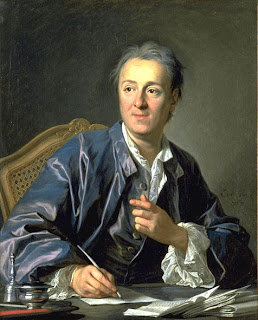Henry 'Orator' Hunt, the radical leader and speaker, was imprisoned for three years for his central role in the Manchester reform demonstration that became 'Peterloo' in 1819. After his release from Ilchester Gaol, he became a successful businessman and entrepreneur to fund his political activities. Notably, he sold tax-free 'Breakfast Powder' [?], and bottles of shoe polish with the label: ‘Equal Laws, Equal Rights, Annual Parliaments, Universal Suffrage and the Ballot’. Now that's a way to get your message across using the power of consumerism! [Source: John Belchem, Oxford National Dictionary of Biography ] I'll also give a nod to the wide array of paraphernalia made in support of John Wilkes in the 1760s, including mugs, pots , pin-badges , and, allegedly, chamber pots, and the soles of shoes marked with '45' written in reverse so that the symbol would be imprinted on the ground.









